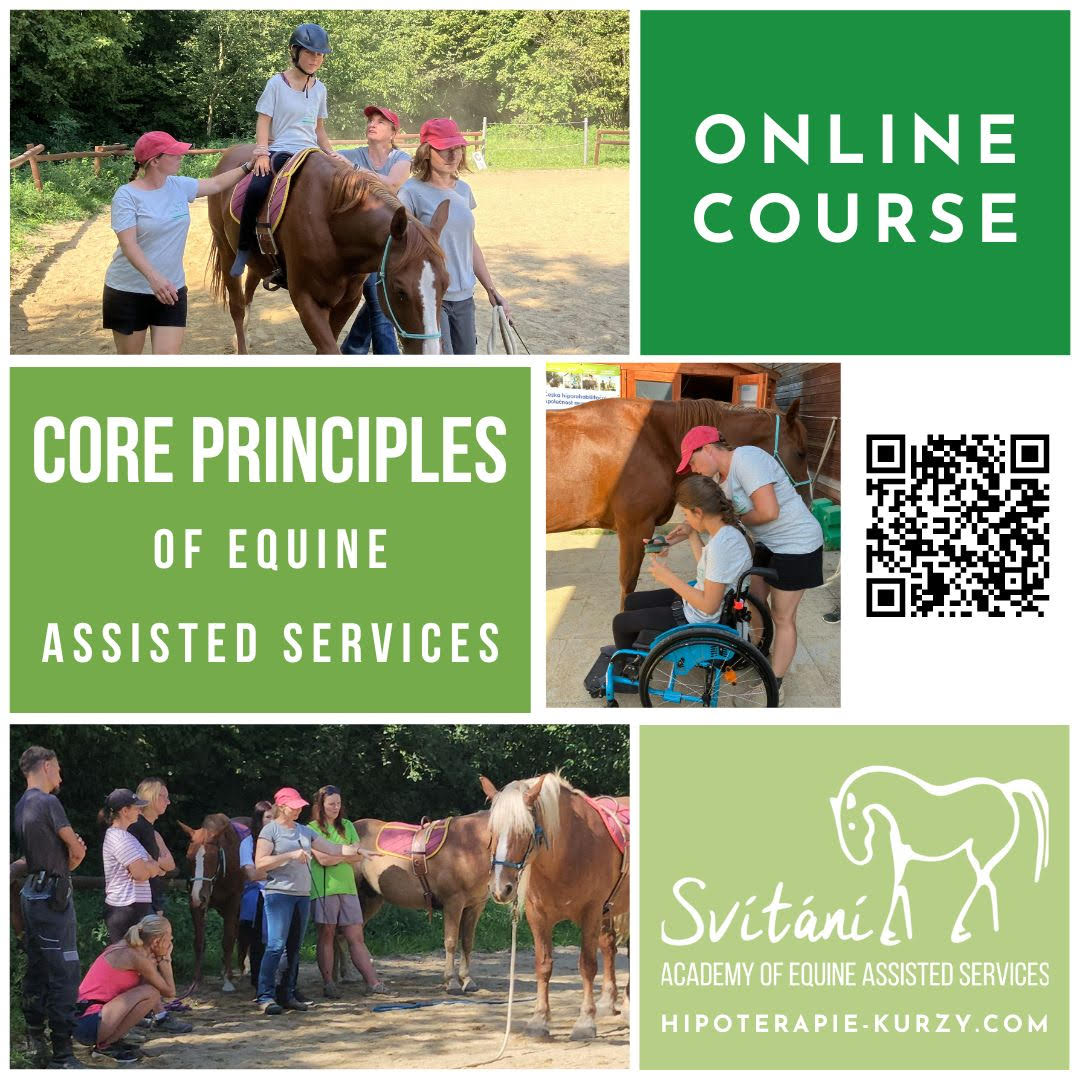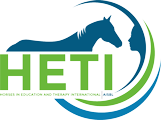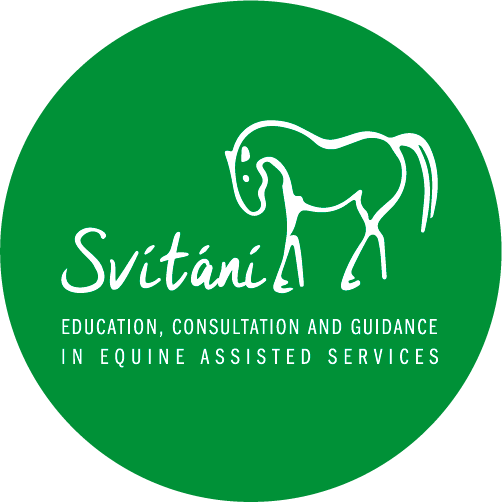
CORE PRINCIPLES OF EQUINE ASSISTED SERVICES
Embark on your journey with our online course, offering foundational knowledge in Equine Assisted Services.
This introductory course sets the stage for our specialized advanced courses, equipping you with the essential insights needed to excel in the field.
What This Course Offers:
- Flexible Learning: Dive into 74 educational hours of engaging, multimedia content across five modules at your own pace.
- Expert-Led Instruction: Gain insights from seasoned professionals with over 25 years of experience in Equine Assisted Services.
- Language Accessibility: Take advantage of automatic subtitles in your preferred language to enhance your video learning experience. The text is also easy to understand, with automatic page translation available in your language.
- Practical and Theoretical Skills: From safety protocols to handling techniques, learn everything you need to effectively support EAS sessions and enhance client outcomes.
- Certification and Resources: Receive a certificate of completion and continuous access to course materials and updates.
What will you learn?
Our course focuses on gaining theoretical and practical skills. What will you learn?
- The EAS principles and how it may positively influence human health
- How to utilise all aspects of the stables environment and the presence of the equine
- How to perform a safe and productive lesson or session should look like. What quality marks expect from providers.
- EAS history and evolution in the world, EAS associations
- Main indications and contraindications to be aware of precautions
- Therapy positions on the equine back and how to assist the therapist or instructor
- Mounting, dismounting, securing the client on and around the equine
- Overview of EAS applications for common diagnosis
- Team members and their roles for all EAS field
- Factors contributing to safety in the EFT treatment sessions and program
- Potential emergencies and appropriate procedures
- How to communicate with client and the family
- Selection and use of EAS equipment for the centre, equines and clients
- Overview of documentation and record keeping including EAS program administration and funding
- Overview of Equine skills and knowledge equine evolution, body language, health, wellbeing, anatomy and physiology
- Therapy equines selection, preparation and training and movement specifics
-
Ways of Equine handling during EAS including up-to-date approaches to equine welfare

